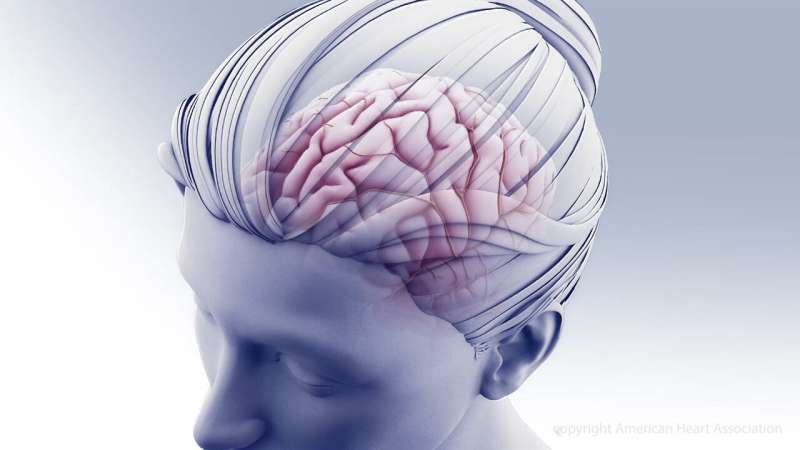Keys to the best possible stroke recovery even now

For the 795,000 lives changed by stroke in the U.S. each year, rehabilitation offers a way to achieve the best possible recovery from a stroke. Even as the COVID-19 pandemic changes the way healthcare is delivered, it is important for stroke survivors to take advantage of the first three months after a stroke. Though recovery continues for years after a stroke, this "golden" time is when the brain is able to most quickly adjust to the damage done by the stroke so the survivor can learn new ways to do things.
"After a stroke, a person may need therapy to learn to walk or talk again, re-learn skills needed to be independent, recover communications and cognition skills, and address other consequences of stroke," said Joel Stein, M.D., physical medicine and rehabilitation physician and professor at Columbia University and Vice Chair of the American Stroke Association's Guidelines for Adult Stroke Rehabilitation and Recovery. "Unfortunately, during the COVID-19 pandemic, some recent stroke patients may be going without rehab during this important 'golden' time and other survivors may also be forgoing helpful therapy."
An individualized rehabilitation program is critical. The pandemic has required rehabilitation professionals to get creative to deliver essential therapies to stroke survivors. Now sessions may be held via video calls or there may be enhanced collaboration with organizations providing in-home support and an increased emphasis on personal protective equipment (PPE) for staff and patients at in-person visits.
The American Stroke Association provides recovery tips and resources for stroke survivors and their caregivers:
- Ask the doctor for an assessment of physical and cognitive challenges you face after stroke and a specific plan to address each challenge.
- Work with your doctor to get a plan to manage risk factors to prevent another stroke. This may include being physically active, not smoking and managing your blood pressure.
- Early rehabilitation matters. As soon as your medical team gives the "all clear," start your personalized rehabilitation program right away. Don't delay.
- Talk with your health care provider about any financial constraints, such as ability to pay for medications, so a plan can be developed to identify alternative community resources.
- Communicate and follow up regularly with a team of health care providers as some challenges—such as remembering medications or depression—may not be immediately clear.
- Support from friends and family is especially important during stroke rehabilitation. If a stroke survivor is in a rehabilitation facility that has visitor restrictions due to COVID-19, stay connected via video calls, handwritten letters and window visits as possible. Family caregivers may also regularly call with questions and for updates from the staff at the rehabilitation facility.
"Rehabilitation is an important step in a stroke survivor's recovery," said Stein. "Knowing how important it is and how to best support someone who has recently had a stroke during the pandemic may be one of the most impactful things you can do as a caregiver."
More information: For more information about recovery, including a Life After Stroke Guide, and how to make informed decisions after a stroke, visit stroke.org/recovery.


















